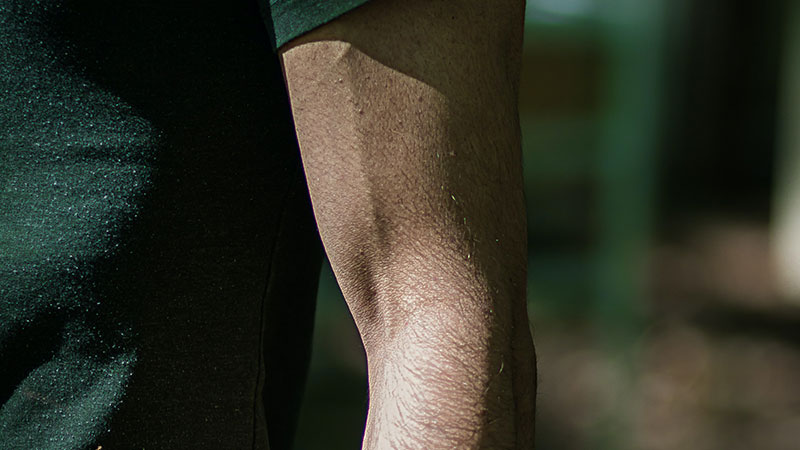 Thanks for your question. During puberty those who are assigned male at birth typically notice increased body hair on their face, chest, armpits, stomach, and elsewhere. Some people want to remove this body hair and others like it just the way it is. Medically there’s no reason to remove the hair. So what should you know to remove hair safely?
Thanks for your question. During puberty those who are assigned male at birth typically notice increased body hair on their face, chest, armpits, stomach, and elsewhere. Some people want to remove this body hair and others like it just the way it is. Medically there’s no reason to remove the hair. So what should you know to remove hair safely?
What causes body hair in those assigned male at birth?
Basically, your body hair is affected genetics and hormones.
Genetics are what you inherit from your biological family. Genetics affect things such as the color of your eyes or hair to how much body hair you have.
During puberty your body starts producing more hormones. For those assigned male at birth, this includes androgens such as testosterone. The higher levels of androgen increase your body hair.
How do I shave hair safely?
Shaving is one of the most common ways people remove their body hair. Shaving basically trims or cuts the hair on the surface of your skin. Shaving can be relatively quick. Some side effects of shaving including irritation to the skin or ingrown hairs (also called folliculitis).
Tips for shaving:
- Decide whether you’d like to shave before, during, or after your shower. If you decide to shave before your shower make sure to wet the area with hot or warm water.
- Note: Most people shave their face before or after showering so that they can use a mirror.
- Use your hands to apply shaving cream or gel to the area.
- Shave in the direction that your hair grows. This helps minimize skin irritation and ingrown hairs.
- After each razor stroke, rinse off your razor with water.
- After you finish shaving wash the area, and then apply either aftershave (if on your face) or a gentle moisturizer.
Check out our health guides on shaving your face or pubic hair.
Does shaving really cause hair to grow back thicker?
No, this is a myth. Shaving does not affect hair growth as it’s just trimming the hair. However, it removes the fine point end, so it may feel thicker.
What are other options for dealing with unwanted body hair?
There are lots of different methods. Here are a few:
Waxing. The wax is applied to the skin and then pulled off. Waxing removes the hair root, which means it tends to last longer than shaving. This also means it can cause some pain and redness to the area, which tend to be temporary. It can be done at home or at a salon. If you try to do it at home, it’s a good idea to try it on a small area of skin first.
Over the counter creams (also called depilatories). These are creams that dissolve the proteins that make up hair. They can cause pain and redness to the area. If you try to do it at home, it’s a good idea to try it on a small area of skin first.
Tweezing. This is often used for removing hair in small areas, such as eyebrows. You use the pair of tweezers to pull out the hair at its root. This can take a lot of time, and can be painful.
Laser treatments. This uses wavelengths of light to damage the hair follicle. Eventually the hair falls out. This often requires multiple sessions and can be expensive. Also, the hair will eventually grow back.
Electrolysis. This permanently removes hair. A trained professional inserts a small wire into the hair follicle. An electric current is used to destroy the hair root. This means the hair falls out and does not grow back. It requires frequent appointments for months to years so can be very expensive.
What if I have sensitive skin?
Before using any method it’s a good idea to talk to your health care provider. This can be especially important if you have sensitive skin. Your health care provider might be able to give you tips on decreasing your risk of skin irritation or a bad reaction.
 Young Men's Health
Young Men's Health